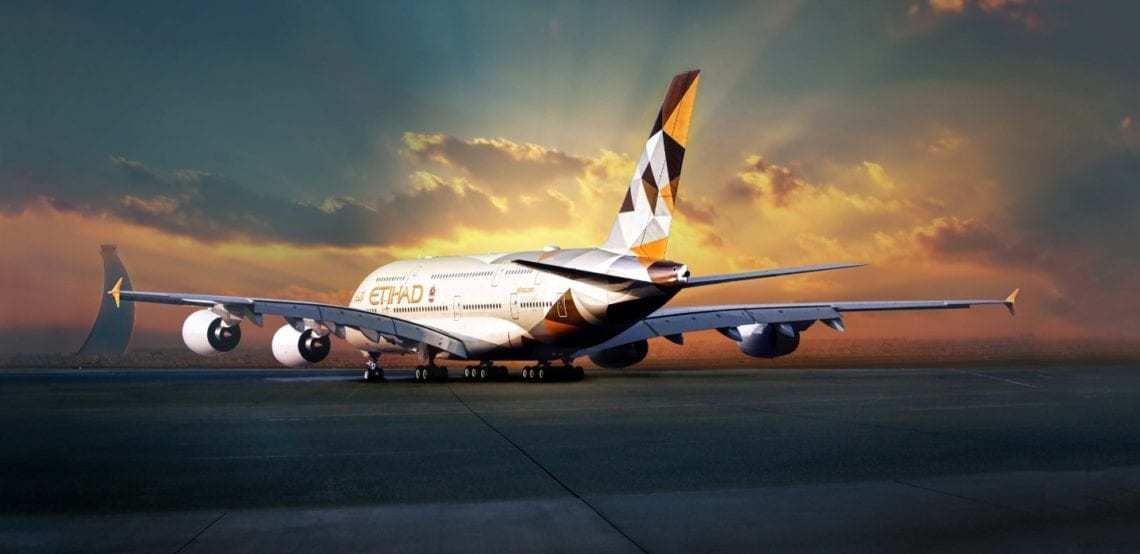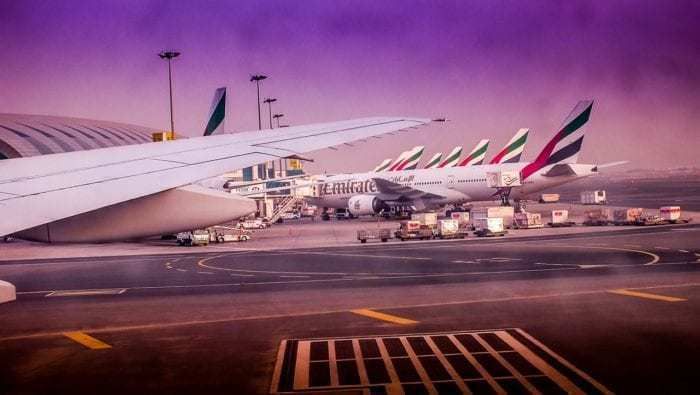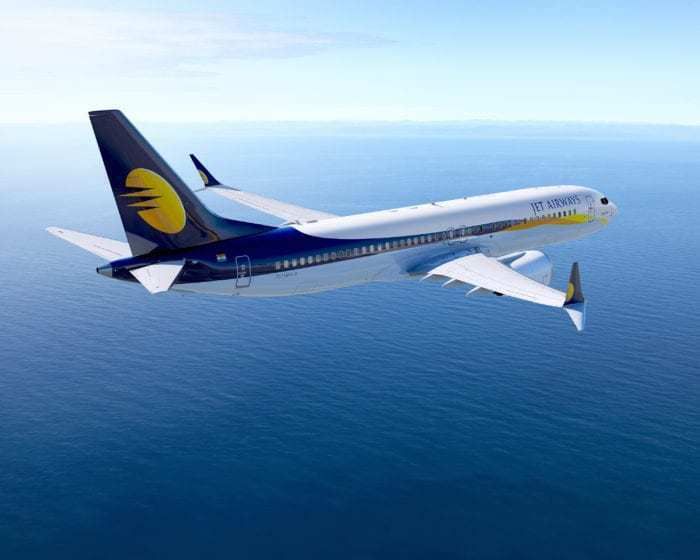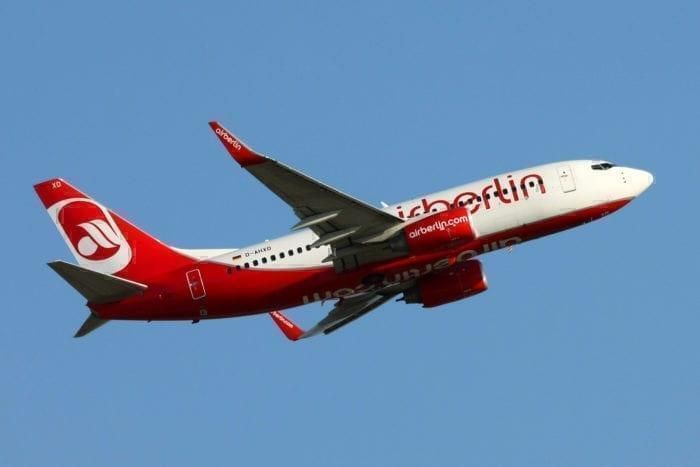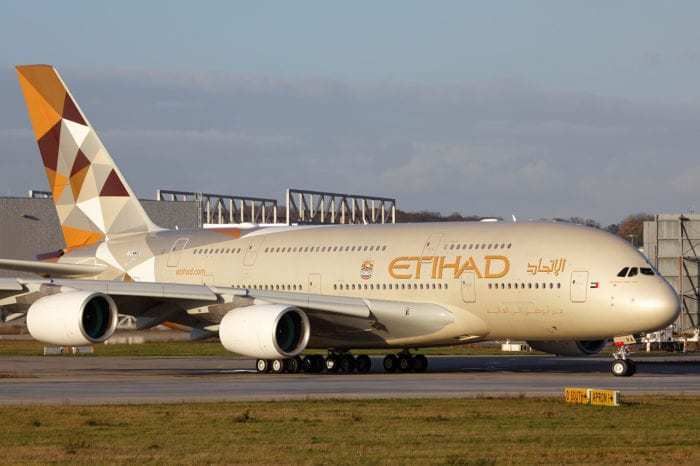Abu Dhabi based Etihad are big investors in other airlines. With investments in Air Berlin and Alitalia already marking an $808m loss on the airline’s books, it looks like Jet Airways is shaping up to become the latest in a string of disastrous investments. Why do all Etihad’s investments go so very wrong?
With India’s Jet Airways nearing the brink of collapse, it looks as if they are set to become the latest in a string of failed investments for Etihad. With pilots going unpaid and planes grounded due to non-payment of leases, it looks like the curtain is falling on Jet once and for all.
Over the previous few years, Etihad has attempted to buy its way into closed markets by investing in failing airlines. Time and again they’ve grabbed a stake of a struggling carrier, believing they can turn things around and make those airlines profitable. In the majority of cases, that has not been the outcome, and instead Etihad have been left with yet another failed investment to absorb.
So, why have all Etihad’s investments been such a disaster?
Why does Etihad keen investing in failing carriers?
For Etihad, they were somewhat late to the party. Despite being backed by the richest state in the UAE, the airline struggled to make a place for itself in the shadow of its larger, more well established neighbors.
To make Abu Dhabi a hub for connecting passengers would mean drawing some away from the competition. And how could they compete with the likes of Dubai and their mega hub?
In an attempt to build the hub of Abu Dhabi and compete with Emirates and Qatar, Etihad have deliberately targeted failing airlines for investment. Their purchases have included a 29.2% stake in Air Berlin, 49.8% in Niki, 49% in Air Serbia, 40% in Air Seychelles, 49% in Alitalia, 24% in Jet Airways and 21.8% in Virgin Australia.
Etihad hoped that, by investing in these airlines, it would make inroads in hostile nations and build feeder traffic for Abu Dhabi to become a hub to rival Dubai. Unfortunately, this came at a price, and not one that most of these airlines could absorb.
Where it all went wrong
Etihad thought they could simultaneously restructure their investment partners and make them profitable too. They went about things relatively aggressively, demanding major changes to routes and schedules, in some cases even demanding to be put in control of the airlines altogether.
Understandably, they were met with resistance. Naresh Goyal has, for years, been unwilling to give up control of Jet Airways, and wasn’t about to hand over the reins to Etihad either. For them, new routes to Abu Dhabi simply made no sense, no matter how much money their benefactor was pumping into the business.
Most of these airlines saw a gold plated, state backed cash cow in Etihad. They thought their investor would simply keep pumping in money, while everything stayed the same. They were in for a shock, when Etihad tried to change anything and everything they could.
Etihad was met with resistance to change, unwillingness to comply, and well organized, unionized labor forces who were adept at saying ‘no’. The end result was the collapse of both Air Berlin and Alitalia, with both airlines filing for bankruptcy in 2017. This was made worse when Air Berlin’s administrator sued Etihad for €2bn last year.
Not all of Etihad’s investment attempts have been failures. Virgin Australia and Air Seychelles have been doing fairly well, and Air Serbia succeeded in bringing in the feeder traffic Abu Dhabi wanted. However, these were small successes in a stream of severe failures which left Etihad down $808m by the start of last year.
The future of Etihad
The fallout from all this has been that Etihad are now curbing their ambition to become a hub and spoke airline to rival Emirates and Qatar. They are trimming back routes, cancelling deliveries of planes and becoming little more than a middling airline serving Abu Dhabi residents rather than the global market.
With Tony Douglas at the helm, a major restructuring is starting to take shape. This had led to cuts in services, with many of the exuberant frills now gone from the carrier, and cancellation of airline orders. Job losses have been massive too, with more than 4,000 departing the company over the last 18 months.
The future for Etihad is shaping up to be different, but not necessarily bad. Projections are that the airline will continue to post losses up until around 2022, but that these will become smaller over time.
Their appointment of UAE national Mohammed al-Bulooki as the new COO is very telling of the direction in which the airline is heading. Al-Bulooki is clearly being groomed to become the next CEO, as part of the airline’s strategy to ‘Emitarise’ their business, bringing more UAE nationals into high ranking positions.
With a new focus on local service and cultural values, Etihad is shaping up to be a decent national airline. It’s unlikely they’ll ever really make a dent in Qatar or Emirates market share and doesn’t really make sense for them to try. Hopefully this new direction for the airline will, in time, see it becoming the profitable, successful venture that it always should have been.

